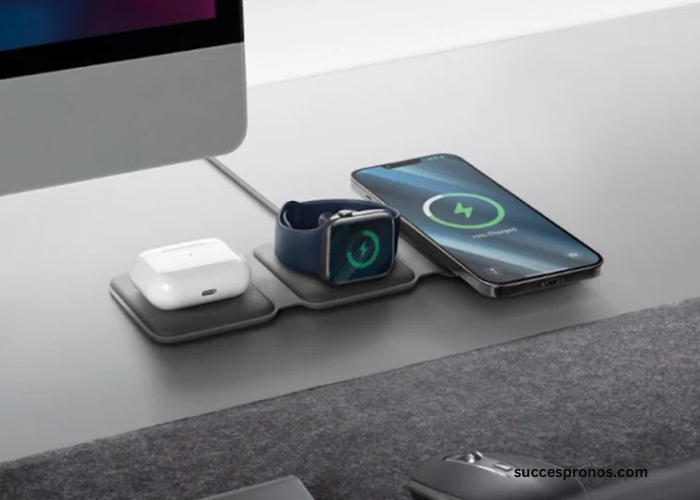
The evolution of charging methods has taken a significant leap forward in an era dominated by technological convenience. Wireless charging technology has departed from traditional, tethered power sources, paving the way for a more streamlined and efficient approach to keeping devices charged. At the heart of this revolution lies Qi2, a standard reshaping the landscape of power delivery for electronic devices by offering a seamless, cable-free experience.
The Mechanism Behind the Magic
The magic of Qi2 wireless charging stems from the principle of electromagnetic induction. Here, a magnetic field is produced by an electric current passing through a coil in the charging pad. The device then experiences a voltage induction in a corresponding receiver coil situated within this magnetic field. This innovative process allows for effective power transfer across a small air gap, eliminating the necessity for direct physical connections. As a result, the overall powering experience becomes far more streamlined and convenient, significantly reducing the clutter and hassle associated with handling multiple cables. Moreover, by doing away with the physical plugging and unplugging, this technology greatly reduces the wear and tear on the device’s charging ports, which are often susceptible to damage over time. Additionally, the adoption of wireless charging technology heralds a move towards more environmentally friendly solutions, as it potentially reduces the production and disposal of wired chargers and cables, thereby contributing to a reduction in electronic waste.
Advantages of Going Wireless
The transition to Qi2 wireless charging solutions encompasses a range of significant advantages. At the forefront lies the unparalleled convenience offered; devices receive power when they come into contact with a pad, circumventing the cumbersome process of dealing with cables. This approach significantly enhances the tidiness and organisation of living and workspaces by minimising cable clutter. Moreover, the inherent universality of this technology accommodates a diverse spectrum of devices, spanning smartphones to wearable gadgets, irrespective of their brand or model. This compatibility fosters a more cohesive technological ecosystem, streamlining the powering process across various devices.
Additionally, the adoption of wireless technology stands as a testament to the advancements in energy efficiency. It aims to minimise energy loss during the transfer process, aligning with global efforts towards sustainability. Wireless technology simplifies device management by providing a more efficient, clutter-free, and universally compatible charging method. It paves the way for a more interconnected and environmentally conscious future in technology.
Compatibility and Universal Appeal
The broad compatibility of wireless powering technology is a testament to its universal appeal. With the industry’s shift towards universal standards, the variety of devices capable of wireless charging sees continual expansion. This trend towards universality plays a crucial role in propelling the adoption of wireless solutions, promising a future where a single charging pad serves an array of devices. Such a scenario simplifies the charging landscape significantly, boosting user convenience by allowing for the simultaneous powering of multiple gadgets. This movement towards a more inclusive powering solution improves the user experience and represents a major advancement in the smooth assimilation of technology into everyday life.
The Environmental Perspective
Switching to this wireless technology benefits the environment and is convenient. Traditional charging cables, which are prone to damage and can become obsolete as device charging ports evolve, contribute significantly to electronic waste. Wireless chargers, by contrast, offer a more durable and sustainable solution. Moreover, as the efficiency of wireless technology improves, its environmental footprint diminishes, aligning with the growing demand for greener technology solutions.
The shift to Qi2 wireless charging technology represents more than just an advancement in how devices are powered; it signifies a move towards a more efficient, convenient, and sustainable world. With this technology’s ongoing development and adoption, it is set to redefine the relationship between devices and their power sources, making charging as simple as placing a device down.
Author Name: Veronika